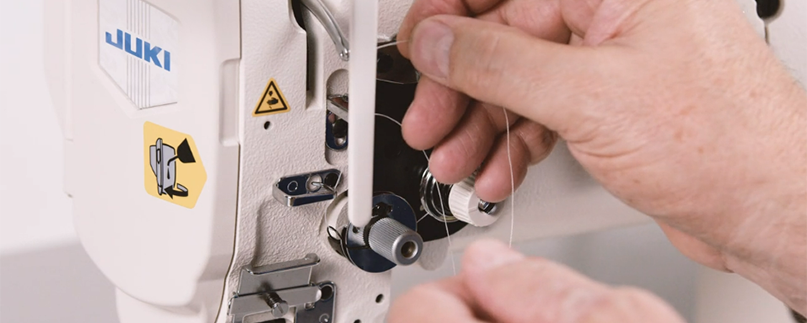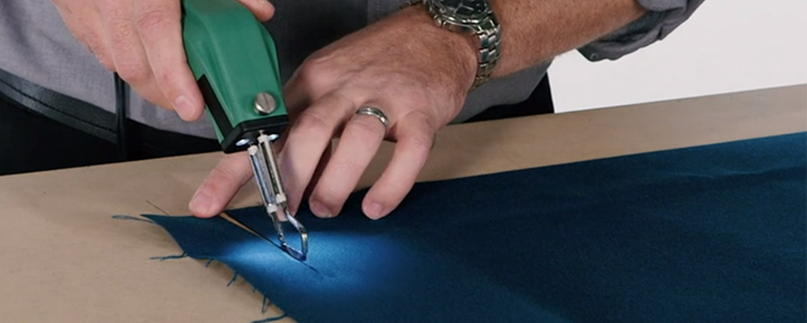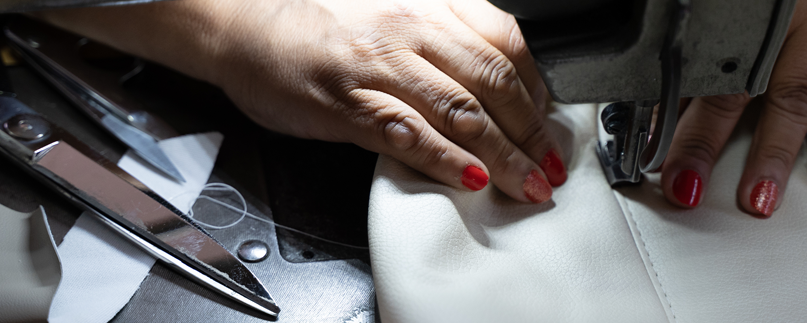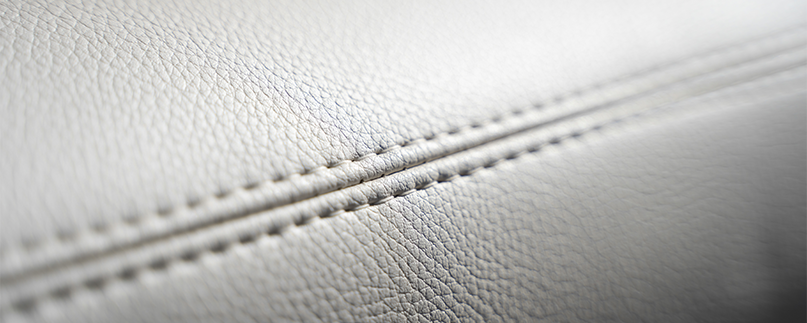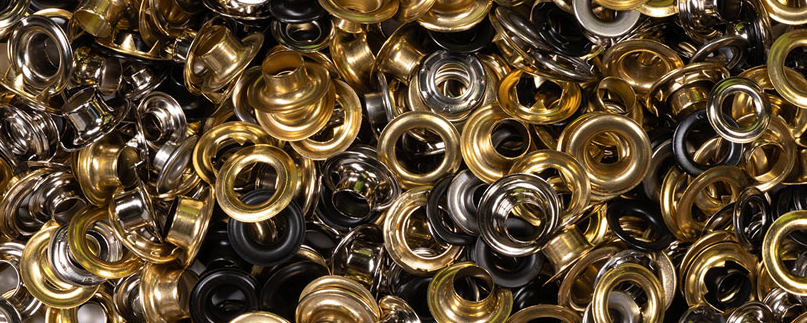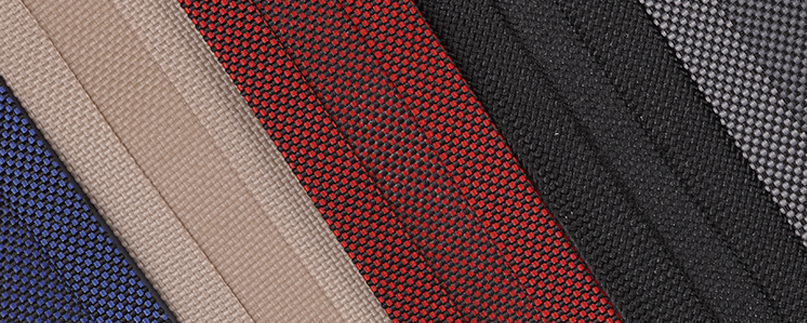A regular sewing machine—the kind of machine that used to exist in home economic rooms in high schools across the country—can accommodate many different types of upholstery and marine projects, so long as the material (or the layers of material) don’t get too thick, and the sewist has made good choices regarding needle, thread, and stitch length.
That being said, if you’re working with a lot of layers of already thick material, or, if you’re working with a lot of length that needs to be fed through the sewing machine, you’ll need a machine better suited to upholstery work. There are a number of different upholstery sewing machines on the market, and they all offer different features and limitations. For a video guide, reference the 4th Episode of our Sewing Series.




